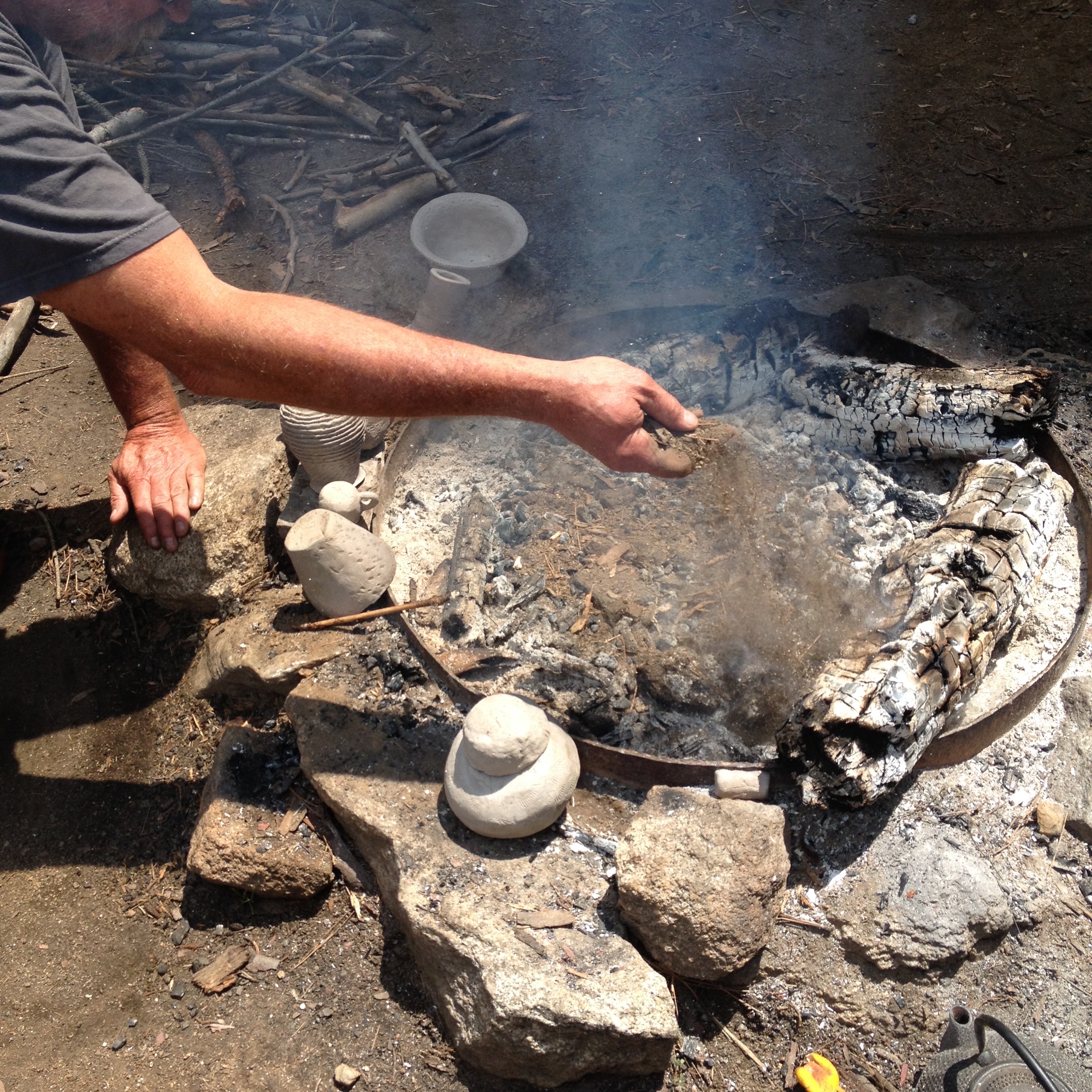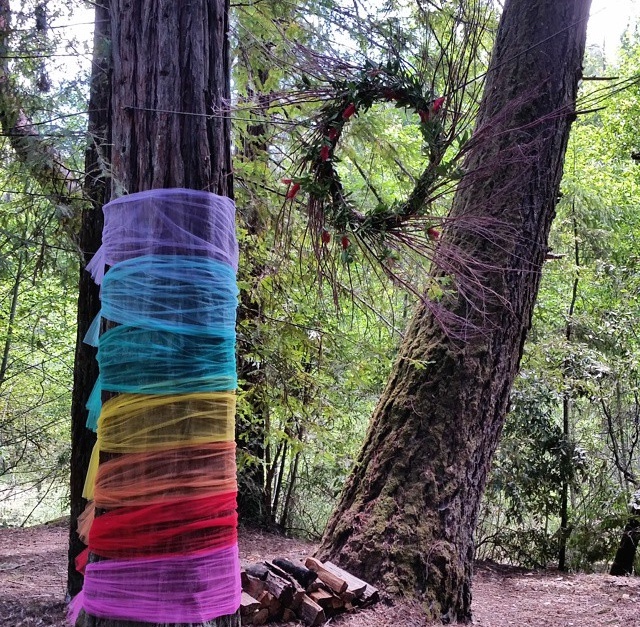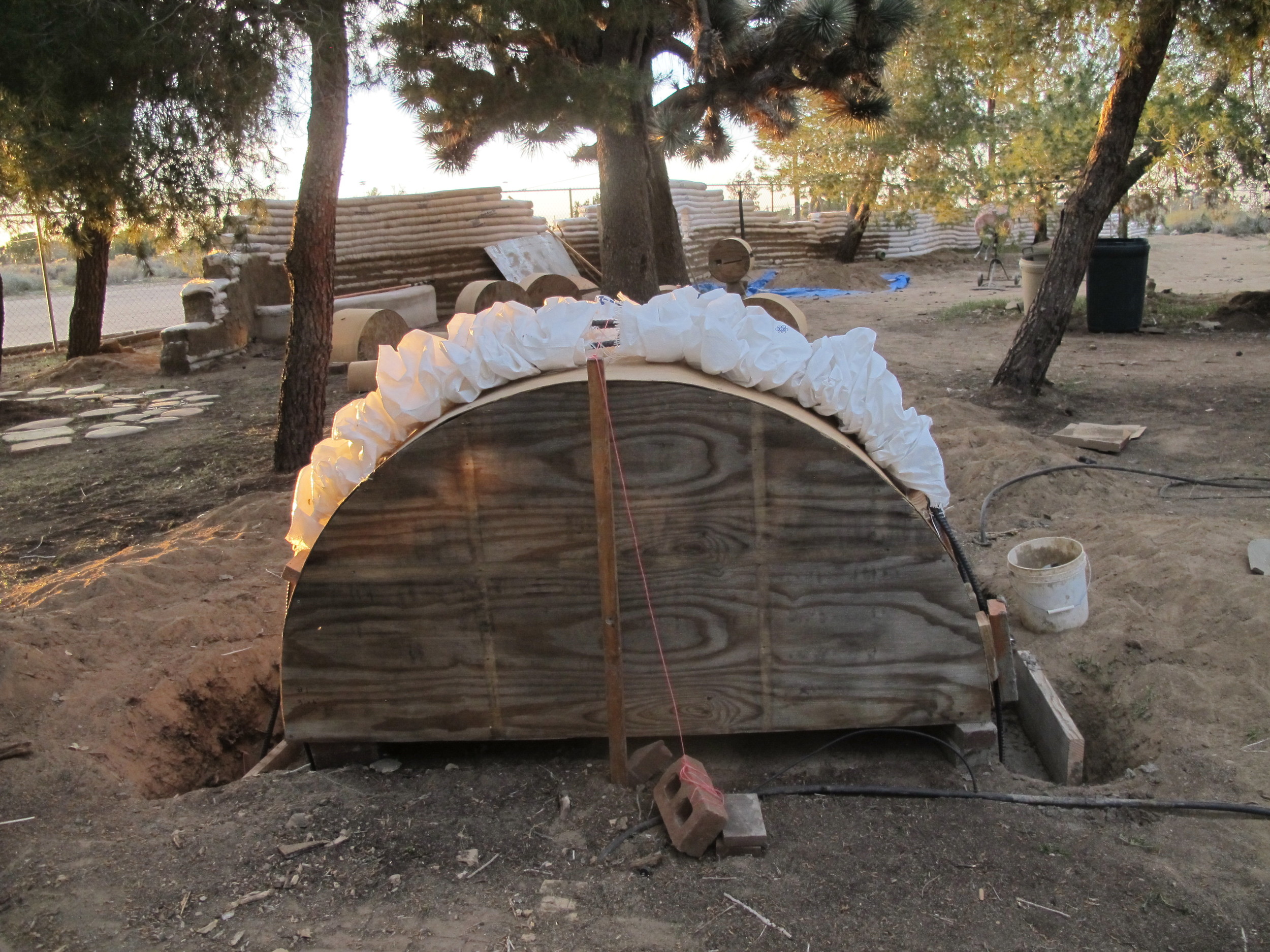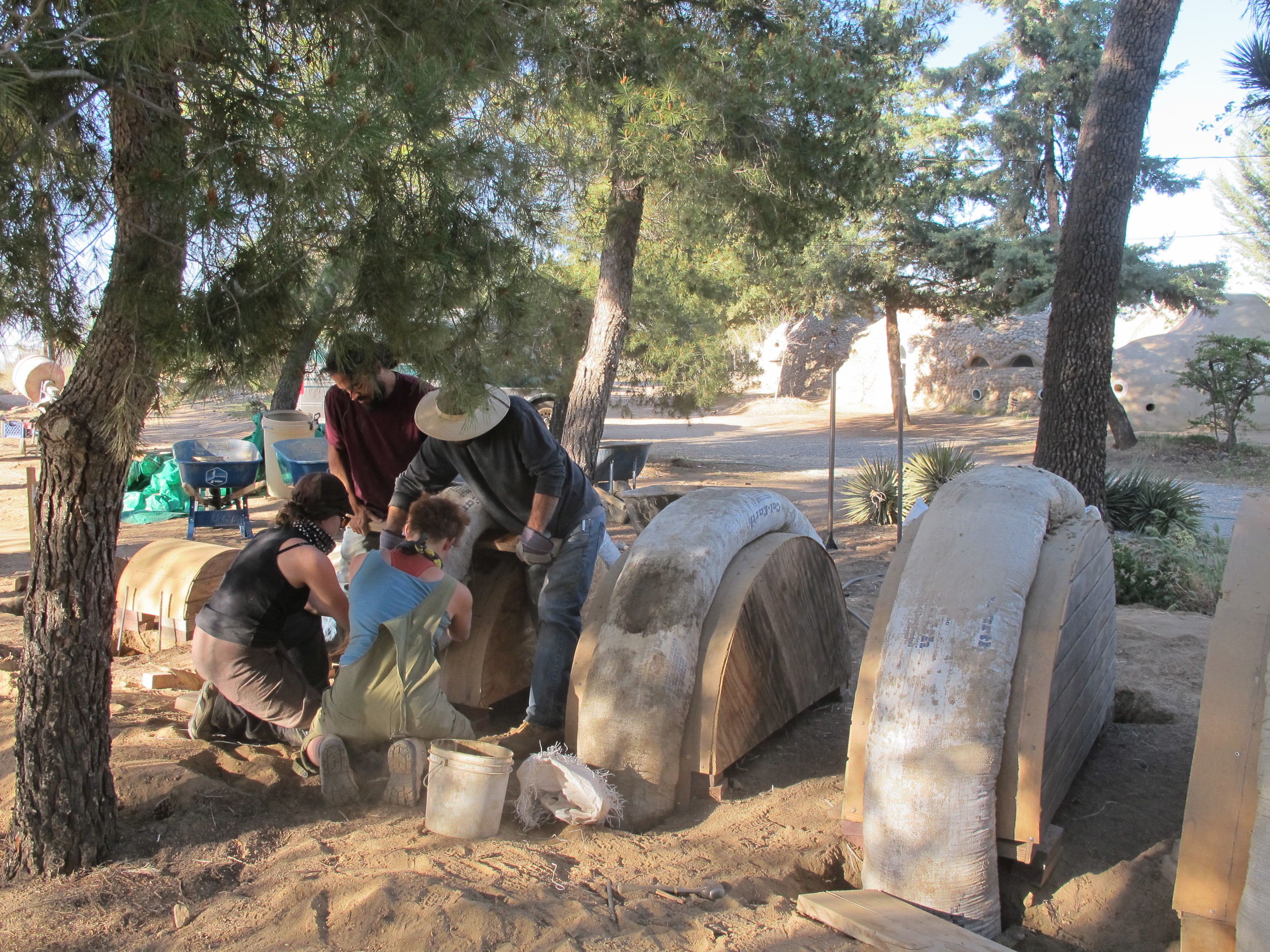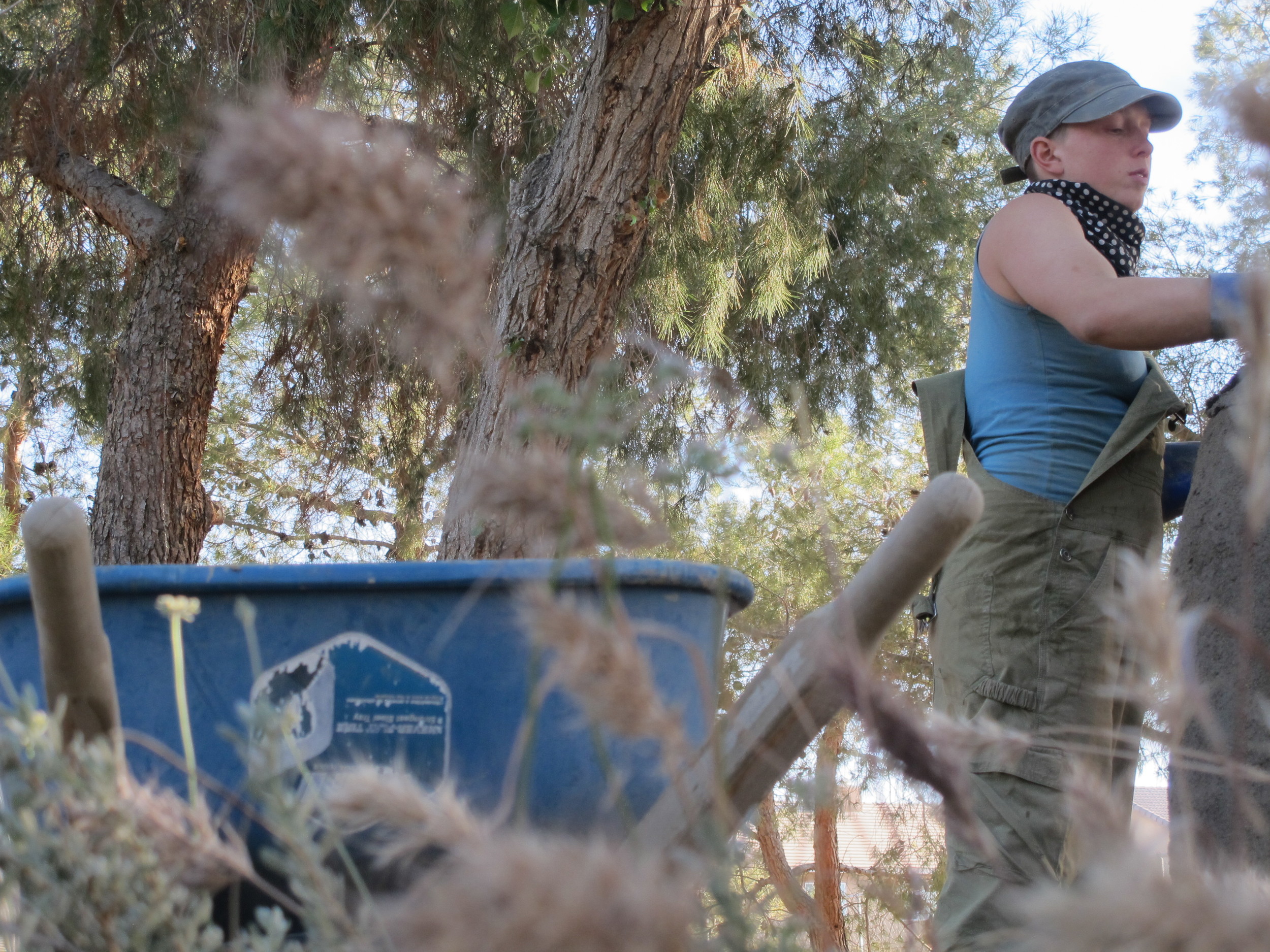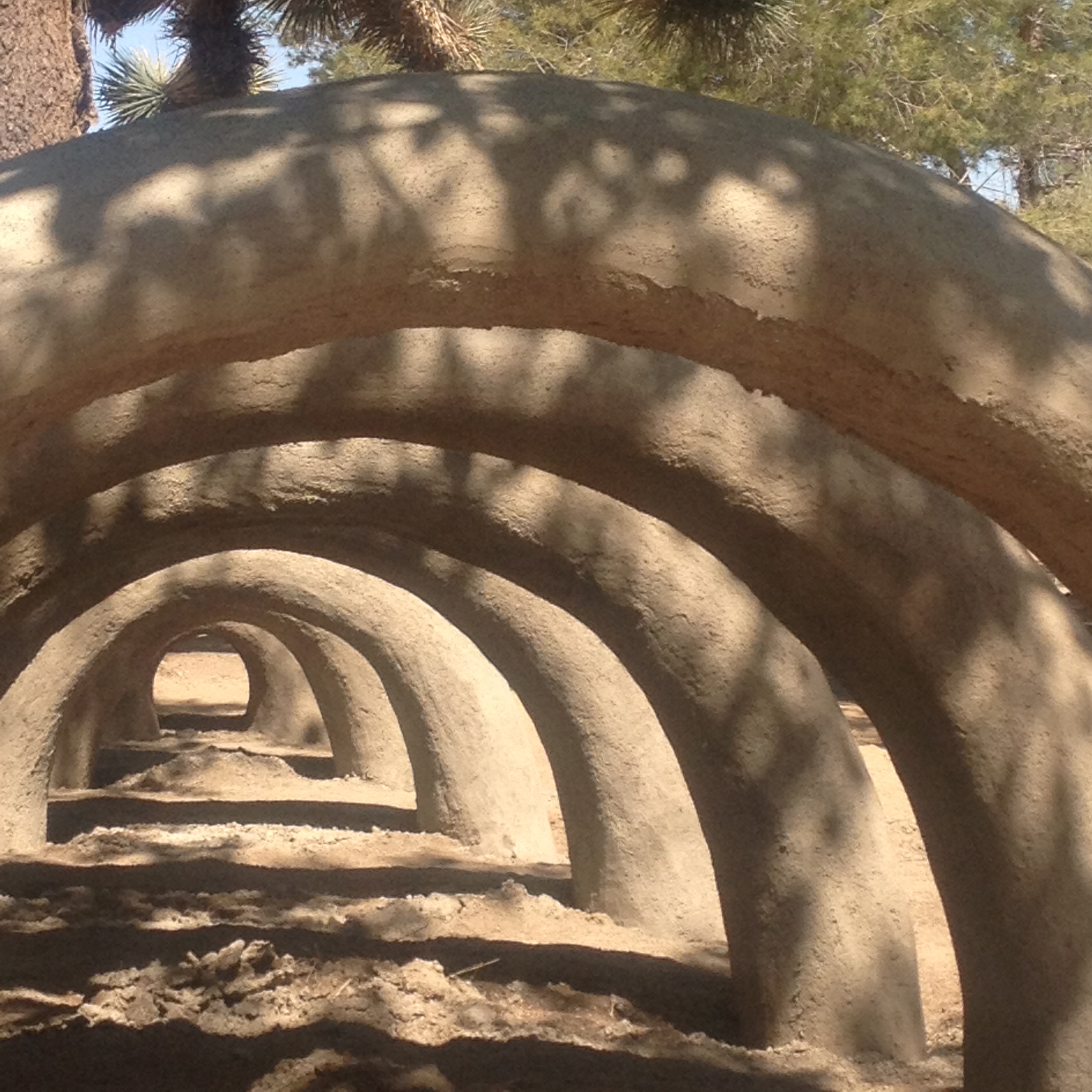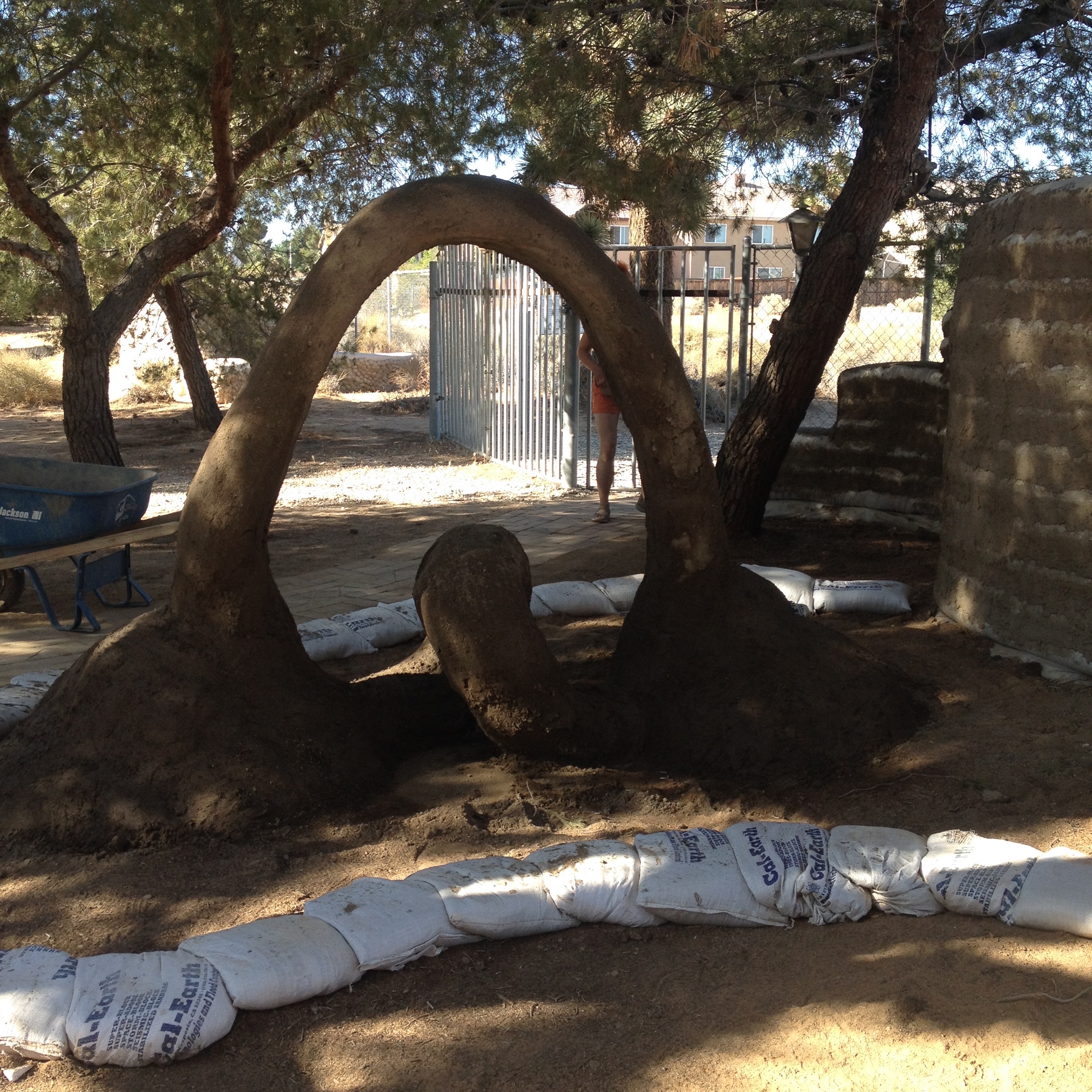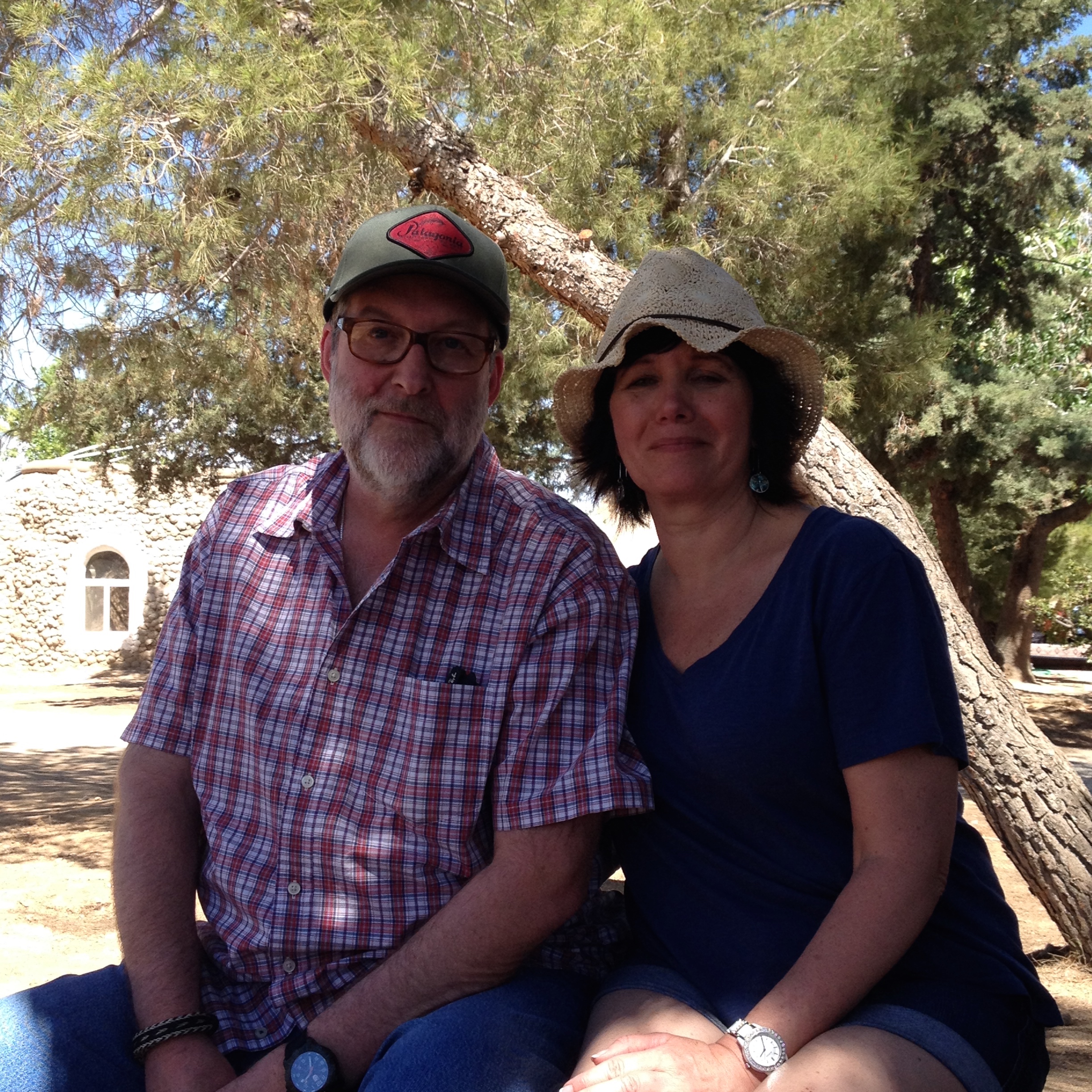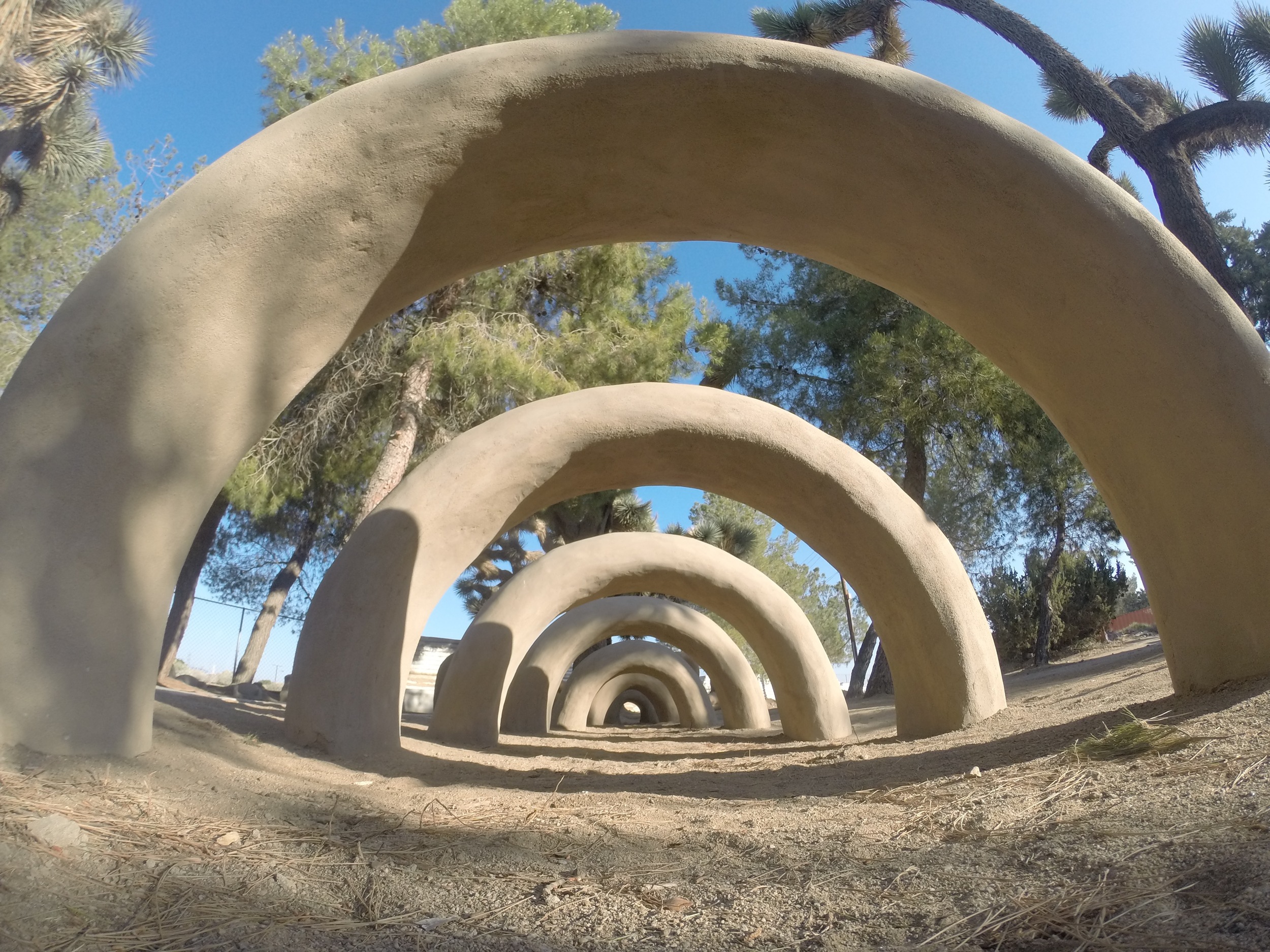Making pots with John Olsen
Last month I attended Elements Gathering for the second year. This gathering, like many others, focuses on sharing ancestral skills and creating community for 7 days out in nature. A variety of classes are offered ranging in topics from bladesmithing and hide tanning, to acro-yoga and sound healing. This particular event has quite the balance of helping one cultivate their self awareness to better serve the greater tribe. I truly believe that you cannot have one without the other.
Among many other skill classes I attended, I had the pleasure to learn and assist John Olsen in his Primitive Pottery class! John not only has been practicing the art of Anasazi pottery for over 40 years, but has taught many workshops all throughout the Western US in National and State Parks, and private gatherings to help share his knowledge of this work. He currently works for the Bureau of Land Management (BLM) tracking local clay deposits through Southern Utah and Northern Arizona to match pottery shards for archaeological records. His goal is to recreate functional pottery that use the same techniques and evokes the same spirit of the Anasazi people.
For our class, John brought grey clay he harvested in the Four Corners area close to where he lives. We ground up Olivene via a lava rock mortal and pestle for temper and wedged it into the clay to start molding our pieces. Olivene is a mineral containing small amounts of iron, magnesium, silica, and helped our pots withstand thermal shock in the pit firing. We used the meditative technique of coil building while John demonstrated his corrugated pottery style.
Despite two-three rain storms throughout our time in the Sequoias, our pots were able to dry enough to begin the firing process. I did my best to forage for dry sticks and fallen branches for our fuel, and small granite rocks to act as kiln shelves in the pit. We were confined to using the preexisting community fire pit, but through this challenge I was able to see how firings can be done no matter the limitation!
Over a span of 4-6 hours John and I were able to successfully fire 9 pots using what we had available and really staying present with the flames. The temperature reached was probably around 1600-1700 degrees Fahrenheit and the pots receive beautiful markings of carbon from the fire.
Thank you John for this amazing learning experience and for memories I hold dear to my heart.
For more information on Elements Gathering, visit www.elementsgathering.com









